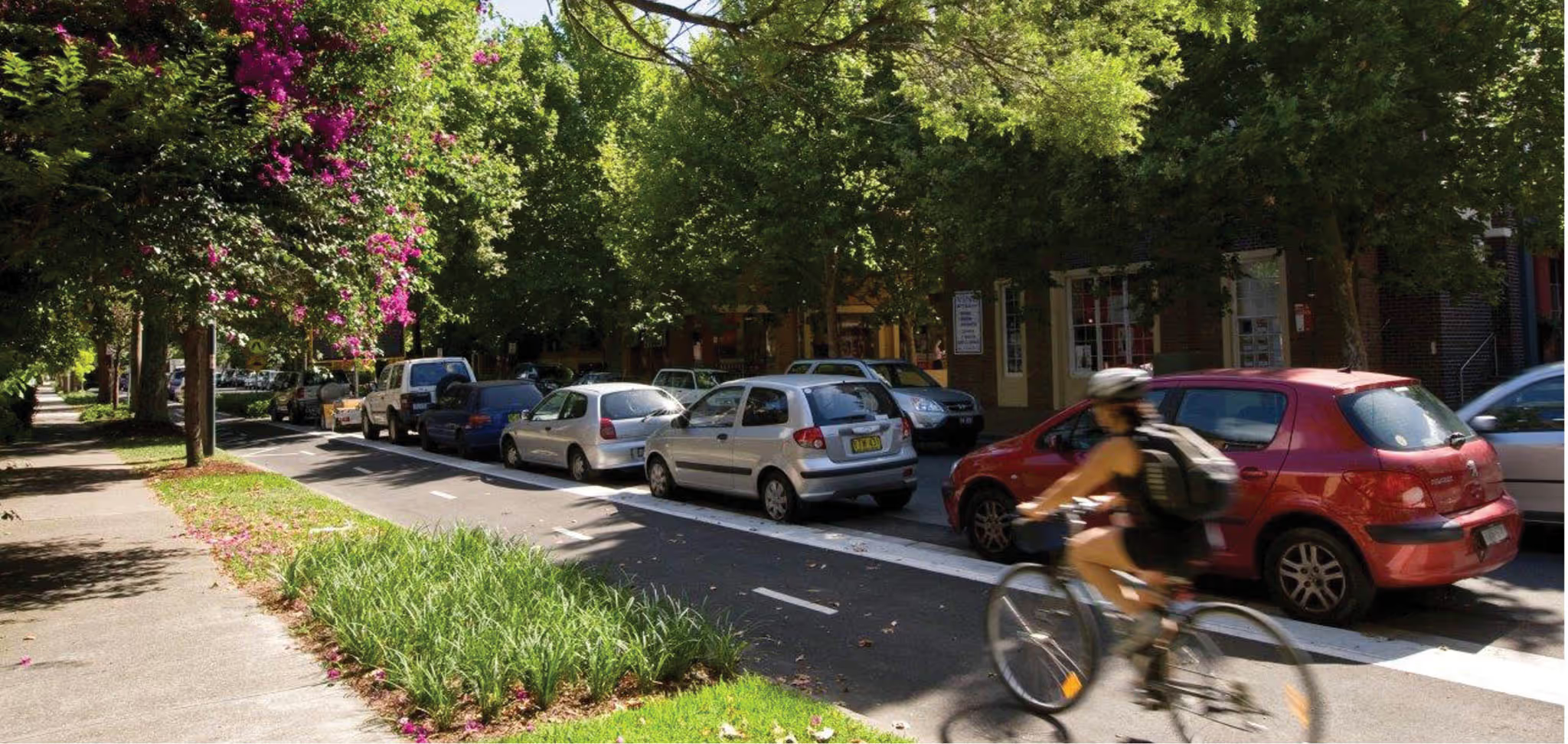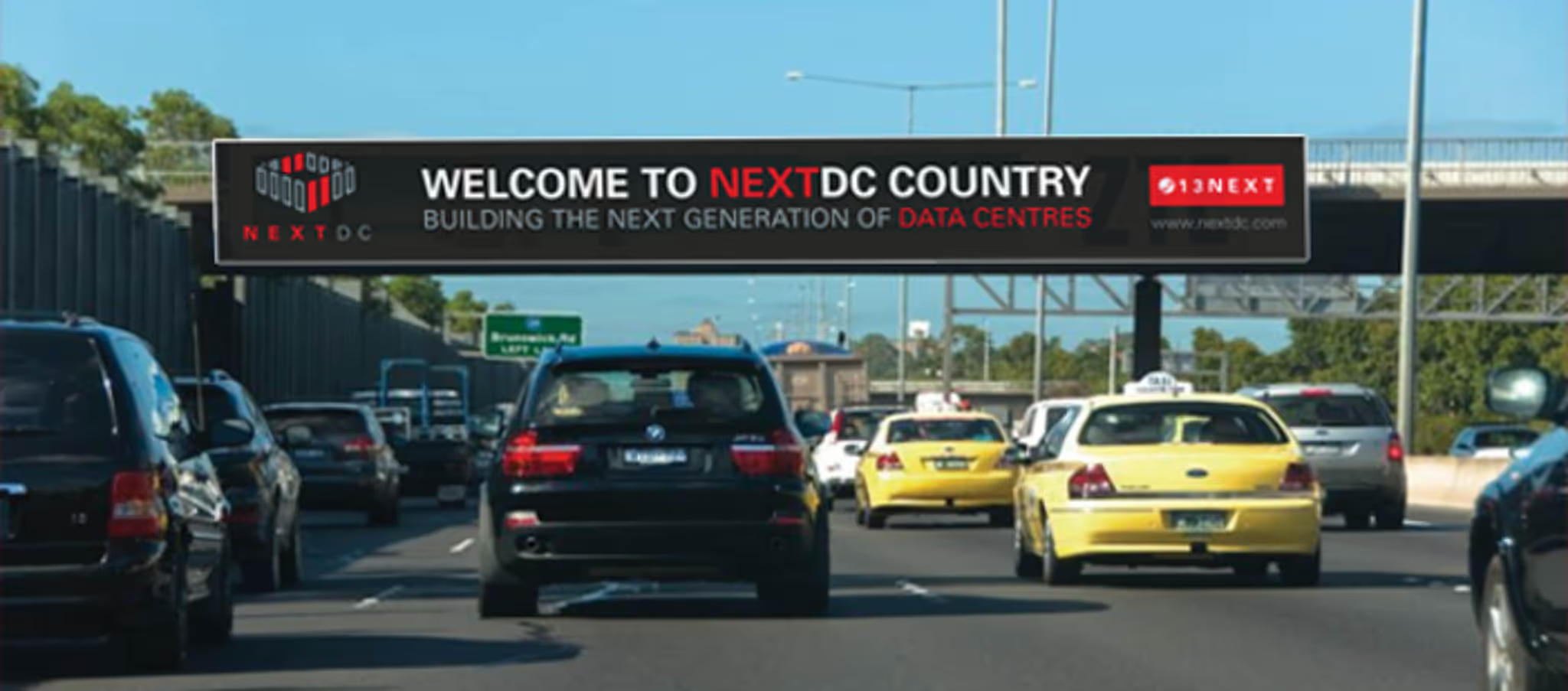

Not all road projects are the same. Some include thought-provoking road-side art, stylish overpasses, delightful walking and bike paths, geographically appropriate landscaping, or are built using innovative recycled materials that produce fewer greenhouse gas emissions.
As road users and local communities, we delight in such features that go beyond the asphalt, line-markings, drainage and street signs. So why don’t all road projects include these enhancements?
Firstly, road authorities are experts in roads – how they are made, how they perform and what their core purpose is. Typically, major road projects will aim to connect communities and workplaces, improve road quality and safety, as well as reduce congestion and travel times. By thinking more broadly, road projects can be designed and delivered in a way that creates enhanced public value beyond that achieved by the core project scope. This concept is known as value creation.
Secondly, roads are costly and budgets are tight. Who pays for the extras, the ‘nice to haves’, when there are core objectives to be met? Where government investments deliver benefits to individuals and businesses, some of this value can be captured by government, reducing its overall financial investment and helping to fund current and future projects. This concept is known as value capture.
Major Road Projects Victoria (MRPV) represents a new face of road agencies in Australia. An agency that aims to do more for the entire Victorian community – not just drivers – by delivering cost-effective projects.
To help MRPV incorporate Value Creation and Capture (VCC) mechanisms into its road projects, MRPV engaged ARRB to:
“We engaged ARRB for this piece because we sought to build understanding of the VCC Framework within MRPV and how it could be applied in major road projects, as few examples were available. ARRB have since produced a report that is a valuable resource in many instances and which we have shared across the organisation. It provides an in-depth background on the framework for anyone new to it and acts as a touch-point for project managers looking for a concise VCC roadmap and highly relevant potential mechanisms.”
– Kathleen Hare, Project Development Officer, Major Road Projects Victoria
In 2017, the Victorian Government released Victoria’s Value Creation and Capture Framework. The framework establishes an expectation on government agencies, such as MRPV, to think beyond the core project outcomes of a project (e.g. reducing congestion and travel times, improving safety, connecting communities) and consider the wider opportunities available. For example, when building infrastructure or developing precincts, government can enable economic opportunities, build green space, community services, housing and education opportunities, as well as create more value for the community than would otherwise be the case.
“A core objective of all government activities and investments is to create public value”
– Victoria’s Value Creation and Capture Framework, State of Victoria (Department of Premier and Cabinet), 2017
In adopting a Value Creation and Capture Framework, MRPV can harness the potential of its investment to create additional value for the community.

The VCC Framework defines value creation as:
Delivering enhanced public value, in terms of economic, social and environmental outcomes. This enhancement of public value is above and beyond what would ordinarily be achieved as a direct consequence of the relevant government investment.
Major road projects can create value by incorporating smart thinking or additional investments beyond the core project scope that enhance the overall project benefits. Benefits from road-project value creation can include:
Major road project beneficiaries can be diverse, including among others: transport users; property owners/occupiers; developers; infrastructure operators (e.g. road operators such as Transurban, tram and train franchisees); businesses and workers; governments; and the wider community.
Value capture is a form of infrastructure funding that aligns the cost of infrastructure more directly with those that benefit from government investment or planning decisions. This is also known as beneficiary pays funding (Infrastructure Victoria, 2016).
The VCC Framework defines value capture as:
Government capturing a portion of the incremental economic value created by government investments, activities and policies. These actions may generate alternative revenue streams, assets or other financial value for Government which could assist in funding those investments and activities.
Value capture revenue can partly offset the costs of delivering additional government services and enhance the wider social benefits and objectives associated with capital investment.
Value capture is not a new practice, although more attention has been paid in recent years to using value capture as a distinct way of raising revenue to fund public infrastructure. Victoria already uses various forms of value capture, including:

In 2016, Infrastructure Victoria identified opportunities for new or enhanced value capture mechanisms for capturing some of the indirect benefits of infrastructure, including:

An extensive desktop review was undertaken for Major Roads Projects Victoria covering:
Interviews were conducted with key MRPV stakeholders and potential VCC partners, including officers from the Department of Premier and Cabinet, the Department of Transport, the Department of Jobs, Precincts and Regions, Infrastructure Victoria and Sustainability Victoria.
The results of this work included a tailored VCC identification process and a long list of candidate value creation and capture opportunities for use by MRPV in its project planning and business case development.
Victoria’s VCC Framework provided a generic approach for VCC and lacked the specific detail needed by engineers and project managers. ARRB created a tailored process to identify and assess VCC mechanisms. The processes purposely align with phases of the Investment Life Cycle for high value and high risk projects to ensure seamless integration with existing Victorian Government procedures.
Next, ARRB prepared a long-list of candidate value creation opportunities – known as a ‘shopping list’ – that MRPV could draw on to build into new road project plans.
There are many different types of public value that can be generated through value creation mechanisms. The VCC framework identifies seven types of value, or value creation categories as shown in Figure 4 (identified in light green):
Based on wider research and discussions with some of MRPV’s stakeholders, three additional value creation categories were identified: future proofing; future enabling; and social licence/reputation as shown in Figure 4 (identified in dark green):
Figure 4: Value creation categories
ARRB identified 17 individual value creation mechanisms, which were grouped into six categories:
To assist MRPV’s project planning activities, ARRB detailed important information for each mechanism, such as the value type, applicability to different road project types, implementation experience or risks, case studies and quantifiable measures (e.g. costs).
As with value creation, there are different types of value capture. The VCC Framework identifies four broad value capture categories (Figure 6). Other documents (Infrastructure Victoria 2016; Committee for Melbourne 2012) identify similar variations on these categories.
Of all the different value capture mechanisms identified through the wider research and discussions with some of MRPV’s stakeholders, all could be categorised within the framework’s four identified value capture categories. Figure 6 shows the key value capture categories.
%20v1.avif)
ARRB identified seven value capture mechanisms, grouped into two categories as follows:
In our advice to MRPV, ARRB recognised the role of existing taxes and rates (land-based and activity-based taxes) as a form of value capture. However, as MRPV does not have any direct control over these revenue instruments, existing taxes and rates should not be included in the VCC plans (except to acknowledge the existing contribution, or tax burden, of project beneficiaries and how this may affect the selection of other value capture mechanisms).
Figure 6: Value capture categories
The research found that there are many opportunities to incorporate value creation and value capture mechanisms into major road projects, although not all opportunities are suitable for all project types. The most promising value creation opportunities for road projects include:
While value capture opportunities are well established in mass-transit-oriented development (i.e. developments in and around public transport infrastructure), there are fewer opportunities for road projects. Simple, acceptable and implementable value capture opportunities for road projects include commercial opportunities linked to roadside advertising and the sale or lease of surplus land, easements and air rights. Governments could also consider a range of road-user charging mechanisms, planning levies and contribution schemes to generate a return on their investments, although these mechanisms can be complex to implement and may lack public support.
The key to identifying VCC opportunities that meet diverse needs is to engage and collaborate with a wide range of government, business and community stakeholders early in project planning. Stakeholder engagement helps to understand project site/area context and issues; address diverse government policy objectives (e.g. increasing the use of recycled materials and supporting local industries and employment); learn from case studies; and tailor approaches to benefit local businesses and communities.
In assessing VCC opportunities, it is important to consider broad government policy objectives, across all portfolios, and the costs and simplicity of implementation.
In engaging ARRB to prepare a tailored value creation and capture process and identify a long-list of candidate mechanisms, MRPV is demonstrating leadership and delivering enhanced outcomes for all Victorians, whether road users or not.